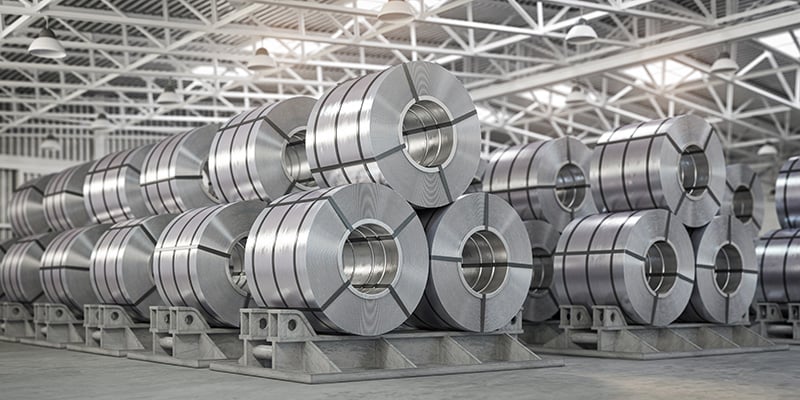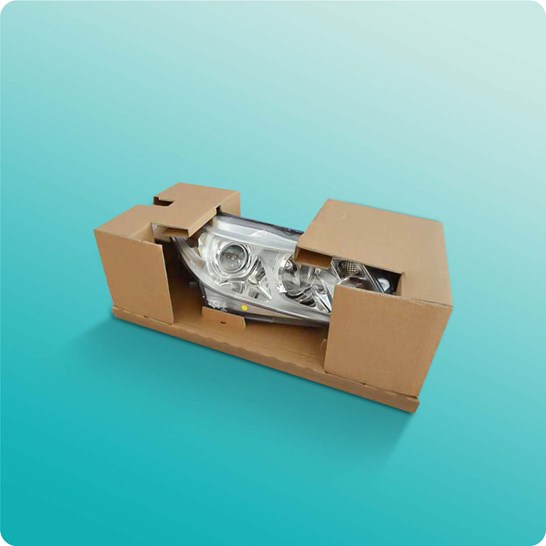Top quality in Every Mold And Mildew: Plastic Container Manufacturer Expertise
Top quality in Every Mold And Mildew: Plastic Container Manufacturer Expertise
Blog Article
Effective Industrial Recycling Solutions for Sustainable Packaging: A Comprehensive Guide
That's where this comprehensive overview on efficient commercial recycling remedies for lasting packaging comes in. By exploring crucial locations such as packaging material choice, developing for recyclability, carrying out reusing facilities, collaborating with recycling partners, and monitoring and determining recycling success, this overview will furnish you with the expertise and tools needed to make informed choices and drive favorable adjustment within your organization. Whether you're a product packaging professional, sustainability manager, or merely interested in the subject, this overview will certainly supply important understandings and techniques to help you navigate the globe of lasting product packaging.
Packaging Product Selection
The option of product packaging materials plays a critical function in ensuring the sustainability of industrial recycling solutions. When it comes to sustainable product packaging, the selection of products is type in reducing environmental influence and taking full advantage of recycling effectiveness. Selecting the best products can aid minimize waste generation, save sources, and promote a round economic situation.
One crucial factor to think about in product packaging product selection is recyclability - plastic container manufacturer. Products that can be quickly reused and integrated back into the production cycle are chosen. Materials like cardboard, paper, glass, and particular kinds of plastics can be recycled several times without shedding their high quality. On the various other hand, products that are difficult to recycle, such as combined plastics or non-recyclable composites, can create challenges for the recycling procedure and might end up in burners or landfills.
Another factor to consider is the use of eco-friendly and renewable products. Product packaging made from sustainable sources, such as plant-based plastics or biopolymers, can help in reducing reliance on fossil fuels and alleviate environment change. Additionally, biodegradable materials break down normally gradually, reducing the buildup of waste in landfills.
Moreover, the weight and volume of product packaging materials should be lessened to decrease transportation prices and power usage. Lightweight materials not just need fewer sources throughout production however additionally add to decrease carbon discharges during transport.
Designing for Recyclability
Packaging designers should prioritize the usage of materials that are widely approved for recycling and have actually developed reusing infrastructures. Products such as glass, aluminum, and certain types of plastic, like PET and HDPE, are frequently recycled and should be favored over products that are hard or costly to reuse.
One more vital factor to consider in developing for recyclability is the removal of unneeded elements or materials. By reducing the number of layers, finishes, and additional parts, product packaging can be made simpler and less complicated to recycle. Furthermore, designers need to aim to minimize using mixed materials, as they can complicate the reusing procedure.

Implementing Recycling Infrastructure
Efficient application of recycling framework is important for the success of industrial recycling options. Without proper framework in place, the recycling process ends up being ineffective and ineffective, hindering the overall objective of lasting product packaging.
To implement recycling facilities successfully, numerous key elements require to be taken into consideration. Firstly, there should be a well-organized collection system that assists in the splitting up and collection of recyclable materials. This can consist of assigned recycling containers in public rooms, as well as collaborations with waste administration firms for curbside pick-up and sorting.
As soon as gathered, the recyclable products require to be transferred to recycling centers in a prompt manner. This requires efficient logistics and transportation networks, making certain that the products get to the appropriate centers immediately.
At the reusing centers, advanced sorting and processing technologies ought to be in area to divide different kinds of products effectively. This consists of using automated sorting makers, optical scanners, and hand-operated sorting methods.
In addition, there must be a robust market need for recycled products. This can be accomplished through partnerships with producers and sectors that make use of recycled materials in their manufacturing processes. Producing a stable market for recycled products incentivizes the recycling industry and advertises the round economic climate.
Collaborating With Recycling Allies

One secret element of collaborating with recycling partners is the establishment of clear communication networks. It is necessary to develop open lines of communication to promote the exchange of information, updates, and responses. This permits both events to remain informed about the progression of reusing campaigns and address any challenges or concerns that may develop.
Additionally, collaboration can include collaborations in developing and implementing recycling programs. Recycling partners can provide beneficial insights and advice in creating efficient collection systems and identifying one of the most ideal recycling innovations. By collaborating, organizations and reusing partners pop over to these guys can optimize the recycling process and reduce waste.
Moreover, partnership can extend past the operational facets of recycling. It can also incorporate campaigning for and education and learning initiatives. By signing up with forces, companies and reusing companions can raise recognition about the significance of reusing and promote the adoption of sustainable product packaging practices amongst customers and other stakeholders.
Tracking and Measuring Recycling Success
To ensure the efficiency of industrial reusing options and the success of sustainable product packaging goals, it is essential for organizations and their recycling companions to establish a thorough system for monitoring and gauging reusing success (plastic container manufacturer). Gauging and tracking recycling success allows organizations to examine the influence of their reusing efforts, determine areas for improvement, and established significant targets for future progress
One means to track recycling success is through using data collection and evaluation tools. By gathering information on the amount of product packaging waste created, the percentage of waste that is recycled, and the types of products being reused, services can gain important understandings right into their reusing performance. This data can then be assessed to recognize trends, patterns, and areas of inadequacy.
One more essential facet of tracking and gauging recycling success is developing clear and standardized metrics. This permits organizations to compare their efficiency versus market criteria and track their development over time. Metrics such as reusing prices, waste diversion rates, and greenhouse gas exhausts can supply a quantitative step of a service's reusing success.

Verdict
In verdict, executing efficient commercial recycling services for sustainable packaging calls for careful consideration of product packaging product choice, making for recyclability, carrying out recycling framework, working together with recycling partners, and monitoring and measuring recycling success. By incorporating these techniques, businesses can add to an extra environmentally-friendly and sustainable method to packaging, lowering waste and advertising the round economy.
By checking out crucial areas such as product packaging product option, designing for recyclability, applying reusing infrastructure, collaborating with recycling partners, and tracking and determining reusing success, this guide will outfit you with the knowledge and tools needed to make enlightened decisions and drive positive change within your company. Packaging designers must focus on the use of materials that are extensively approved for reusing and have developed recycling directory infrastructures.Cooperation with reusing companions is necessary for the effective application of commercial reusing remedies and the accomplishment of lasting packaging goals. By signing up with pressures, companies and recycling partners can increase awareness concerning the relevance of recycling and advertise the adoption of sustainable packaging techniques amongst consumers and other stakeholders.
By collecting data on the quantity of product packaging waste produced, the percent of waste that is reused, and the types of materials being reused, services can acquire useful insights right into their recycling performance.
Report this page